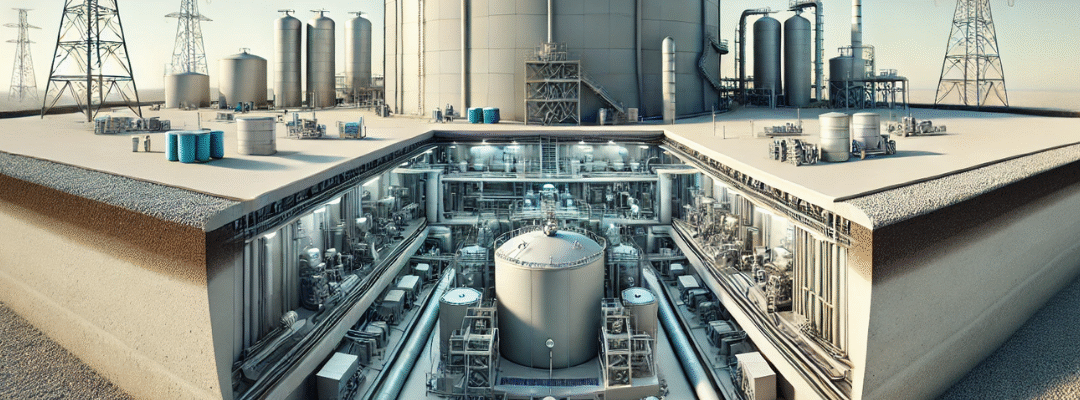Designing an underground water storage tank involves more than just digging a hole and placing a container. It requires thoughtful planning across engineering, safety, environmental, and practical dimensions to ensure reliability, longevity, and compliance.
Below are the most important design considerations:
1.Define Purpose & Estimate Capacity
Usage-Based Sizing: Identify the intended use—drinking water, fire suppression, greywater reuse, or irrigation. This determines the daily demand and helps calculate required storage.
Storage Duration: Consider backup needs or seasonal rainfall trends. For example, in dry climates, tanks may need to hold weeks’ worth of water.
2.Assess Site & Location Factors
Soil Profile: Conduct a geotechnical analysis to evaluate soil type, groundwater table, and load-bearing capacity. Clay-heavy or loose soils may need additional stabilization.
Drainage: Avoid flood-prone zones and ensure perimeter drainage to mitigate hydrostatic pressure during storms.
Access & Obstructions: Verify that the tank will not interfere with building foundations, tree roots, or utility lines.
3.Select the Right Material
Reinforced Concrete: Ideal for large-capacity or high-load scenarios (e.g., under driveways).
HDPE (High-Density Polyethylene): A popular choice for smaller residential applications due to its lightweight and corrosion resistance.
Stainless or Galvanized Steel: Durable but requires anti-corrosion treatment—best for industrial or potable water storage.
Fiberglass (FRP): Non-corrosive, strong, and ideal for chemically treated or non-potable water systems.
4.Waterproofing & Leak Prevention
Multi-Layer Protection: Combine external coatings (e.g., bitumen or epoxy) with internal liners (PVC or rubber) for redundancy.
Seam & Joint Management: All construction and expansion joints should be sealed with waterproof sealants like polyurethane or butyl rubber.
Water Stop Inserts: Used at concrete joints to prevent seepage.
5.Structural & Load Considerations
Shape Optimization: Cylindrical tanks offer better stress distribution in high-pressure environments, while rectangular designs may suit tight urban spaces.
Traffic Load Design: If installed beneath driveways or parking lots, tanks must be engineered for dynamic and static vehicle loads.
Backfill Engineering: Use compacted layers and backfill specifications recommended by the tank manufacturer.
6.Maintenance Access & Safety
Manholes & Inspection Ports: Minimum one manhole with corrosion-resistant cover. Add built-in ladders or step-irons for safe entry.
Air Vents: Allow proper air circulation to prevent vacuum pressure and allow gas dissipation.
Overflow & Drainage: Overflow pipe should discharge safely away from structures, and drainage valves should be easy to access for routine cleaning.
7.Ventilation & Animal Intrusion Control
Screened Vents: Prevent insects, rodents, or reptiles from entering the tank.
Sealed Openings: Install lockable, gasketed access hatches to preserve water hygiene and discourage tampering.
8.Foundation & Floatation Control
Stable Bedding Layer: Typically a 100–150mm thick sand or gravel base to ensure uniform support and drainage.
Anti-Buoyancy Systems: Use ground anchors, concrete tie-downs, or ballasting systems if tank is installed in a high water table area.
9.Ensure Water Quality & Hygiene
Certified Materials: Use NSF or AS/NZS certified food-grade materials for potable water.
Filtration Systems: Include pre-tank filters (like leaf catchers) and post-tank treatment such as UV or activated carbon, depending on use.
Access for Cleaning: Design with ease of periodic tank scrubbing in mind.
10.Temperature Control
Thermal Insulation: For tanks storing potable water in temperature-extreme regions, consider lining or foam insulation.
Depth Buffer: Installing tanks deeper (e.g., >1.2 meters) helps regulate temperature naturally.
11.Hydrostatic Pressure & Buoyancy
External & Internal Load Design: Account for simultaneous water pressure inside and surrounding groundwater pressure outside the tank.
Reinforced Walls & Base: Use thicker walls or reinforced ribs for tanks in flood-prone zones.
12.Piping & Hydraulic Design
Flow Efficiency: Pipe placement should prevent sediment buildup and allow full tank emptying.
Anti-Siphon & Backflow Devices: Essential for potable systems to prevent contamination.
Shutoff & Isolation Valves: Include manual or automatic shutoff valves for safety and maintenance ease.
13.Comply with Local Regulations
Permitting & Codes: Follow building codes, water authority standards, and EPA/WHO guidelines for water quality and structural safety.
Environmental Review: Consider groundwater protection, stormwater impact, and proximity to septic systems.
14.Design for Long-Term Durability
Expected Life Span: Aim for at least 30–50 years with minimal intervention through durable materials, protective coatings, and smart layout.
Corrosion Control: Especially in saline or acidic soil conditions, use anti-corrosion agents and cathodic protection if needed.
Summary: Involve a certified civil or environmental engineer early in the design process. A well-designed underground tank not only meets today’s needs but also scales for future demand.

